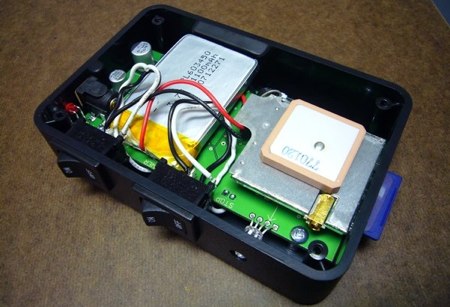
We’re not usually the type for PC case mods, but when we received the tip for the Macbook Mod of hiding a Macbook inside of two Linksys routers, we decided to make an exception on three accounts. [Tyler’s] original intent was acquiring a Mac, the total price for a full functioning system was a little over $200, and Macs aren’t PCs.
[Thanks Bluewraith]
But what if you want the mac experience and not the nitty gritty hassle of fixing logic boards, searching for long lost components, and modding a case? Then buy a Mac you might like [Useless Ninjas’] super cheap modification of an MSI Wind into Leopard running brute for only $240.
[Thanks Flyordie2]














